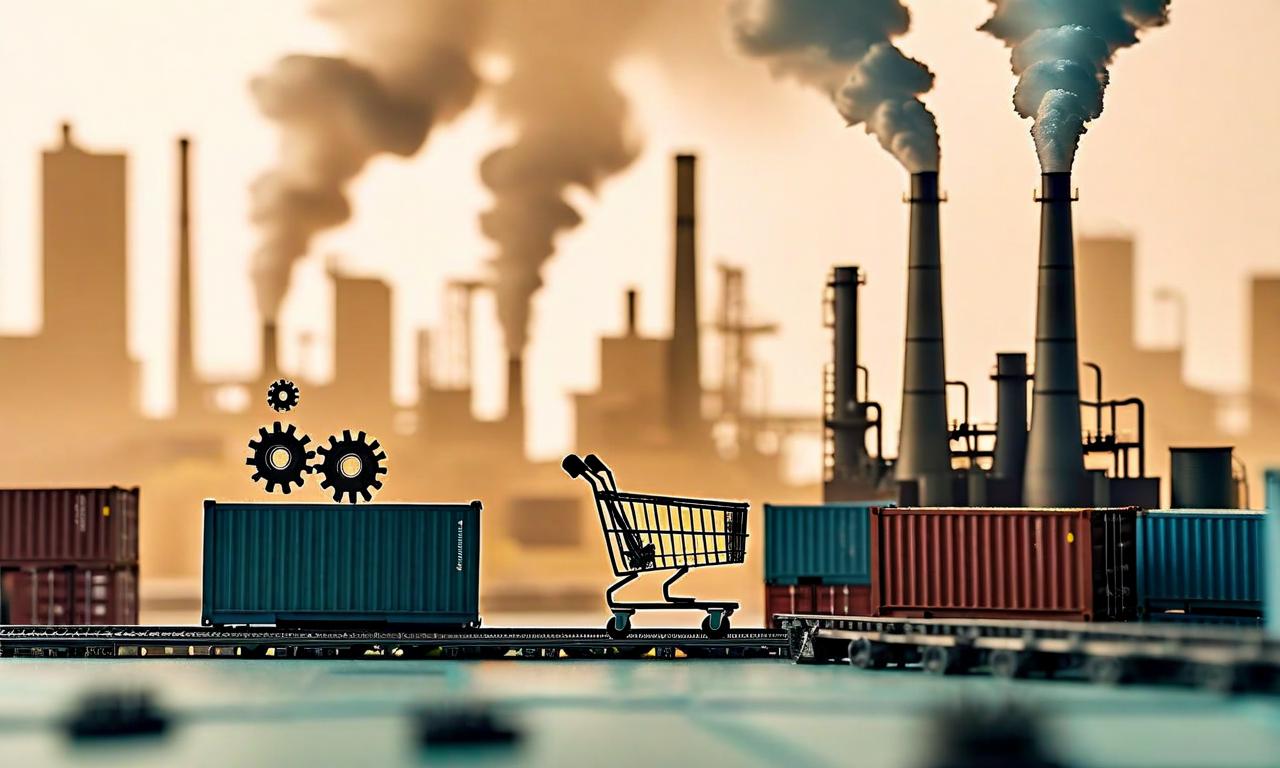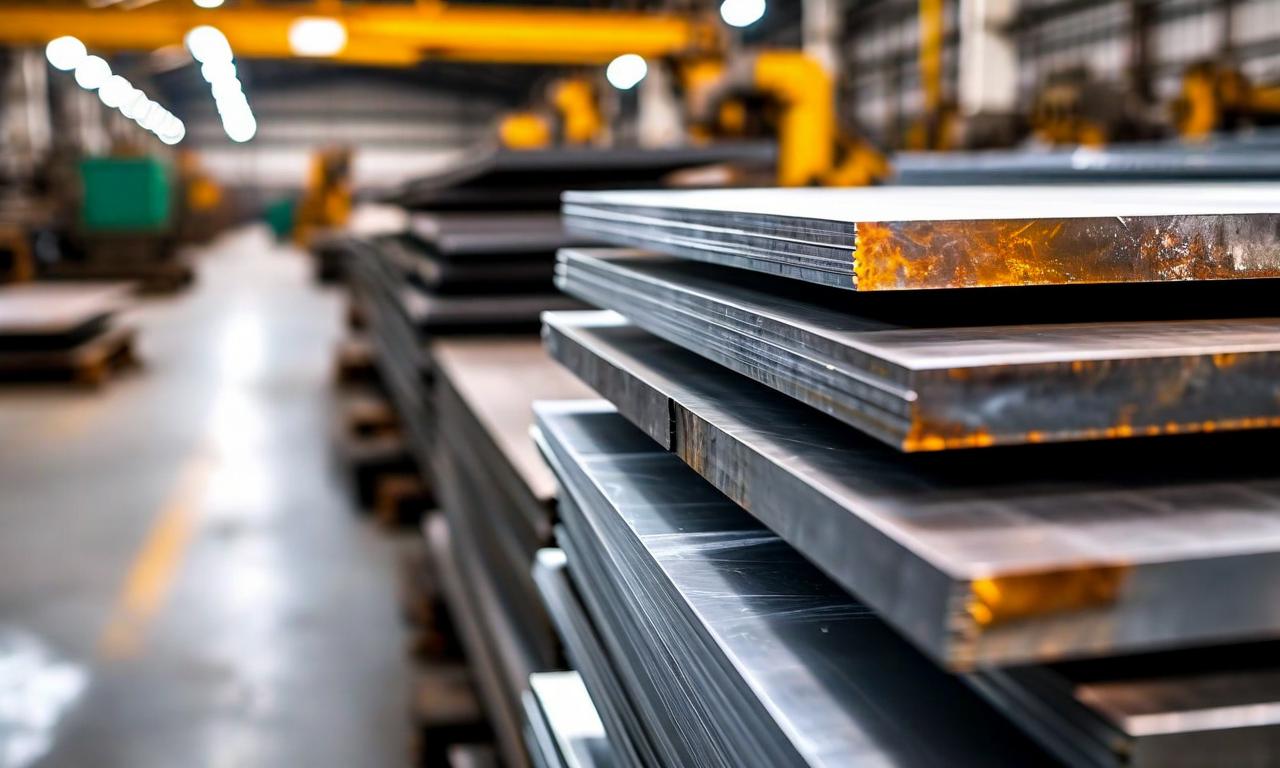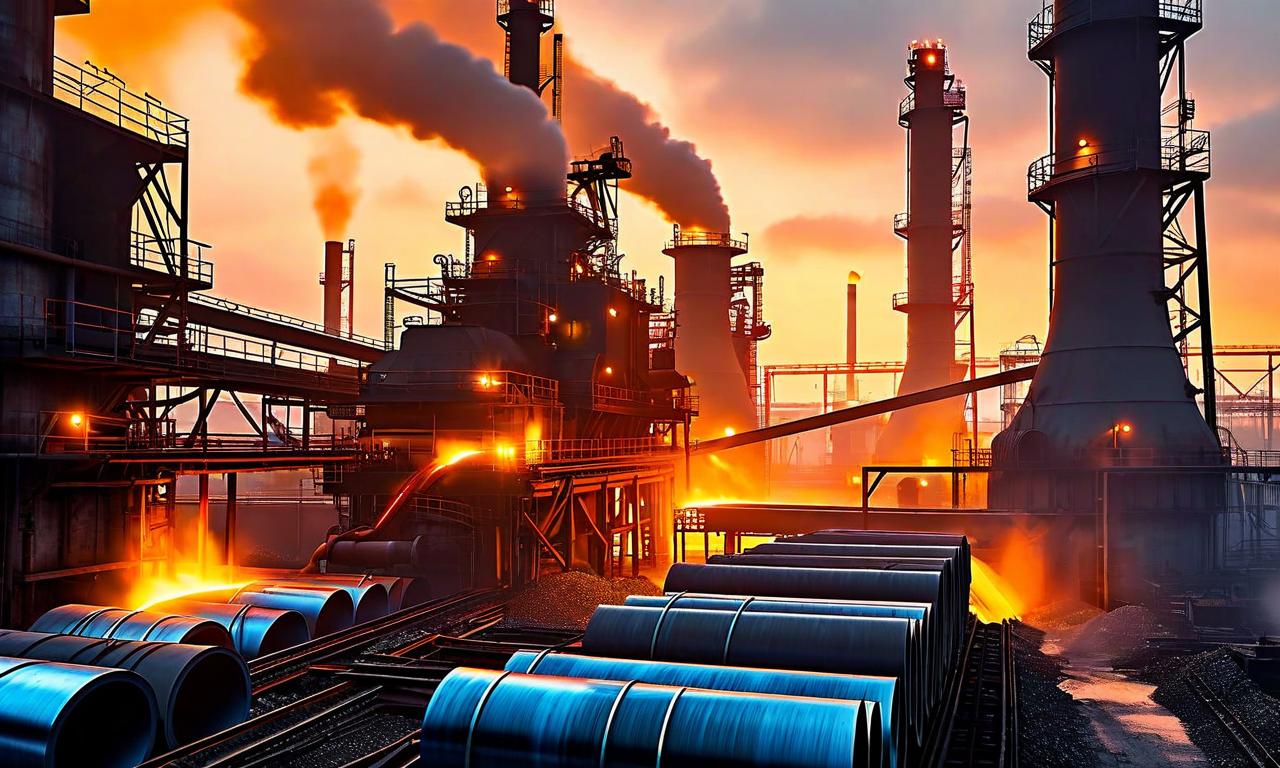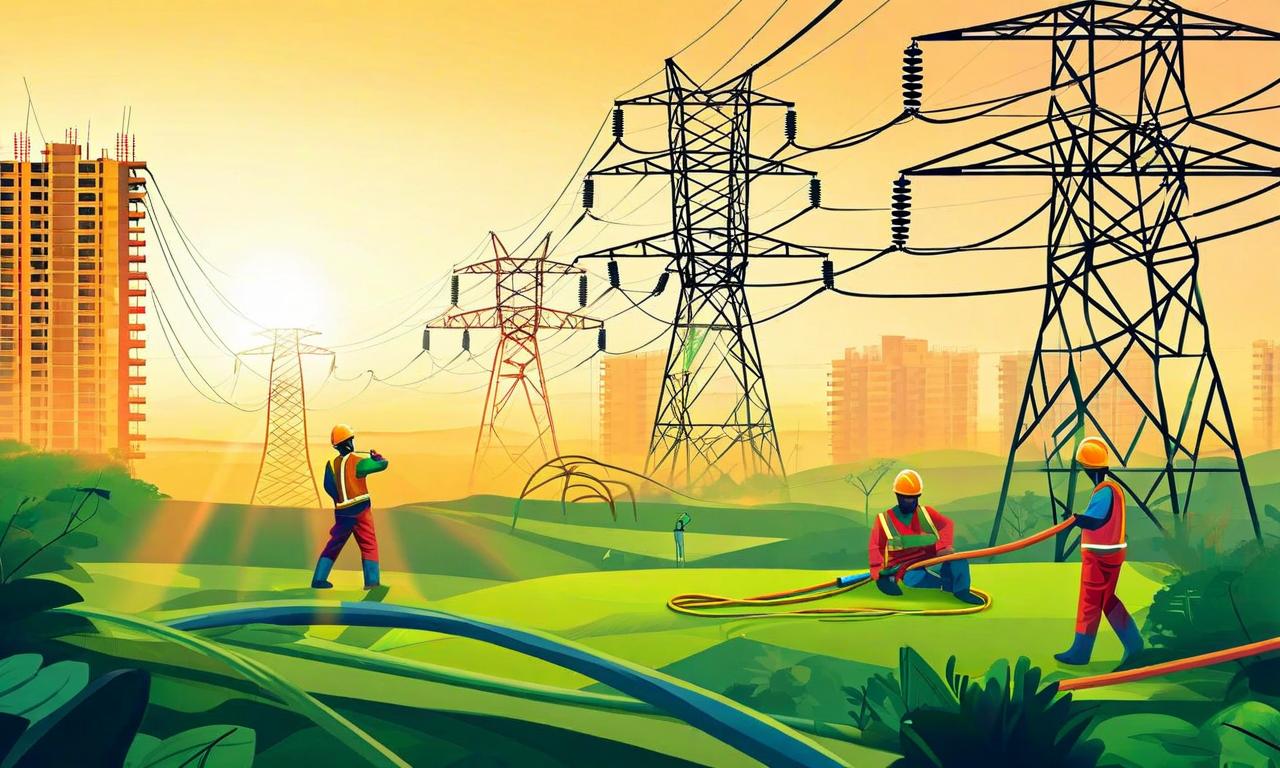China's Economy Loses Steam in July Amid Property Woes and Trade Uncertainty
China's economy faced challenges in July, with key indicators pointing to a slowdown. Industrial output growth declined to 5.70% from 6.80% in June. Retail sales growth slowed to 3.70%, the lowest in seven months. The property sector continued to struggle, with investments falling 12.00% in the first seven months and housing prices dropping 1.10%. Fixed asset investments rose by 1.60%, decelerating from earlier in the year. Trade showed some resilience with exports surging 7.20% and imports growing. The unemployment rate increased to 5.20%, and wholesale prices declined by 3.60% year-over-year, indicating weak demand. These figures highlight the complex challenges facing China's economy across multiple sectors.

*this image is generated using AI for illustrative purposes only.
China's economic landscape showed signs of strain in July, with key indicators pointing to a slowdown across multiple sectors. The world's second-largest economy grappled with challenges in its property market, manufacturing sector, and consumer spending, painting a picture of weakening momentum.
Industrial Output and Retail Sales Falter
Industrial output, a crucial measure of economic activity, saw its growth rate decline to 5.70% in July, down from 6.80% in June. This deceleration suggests that manufacturers may be scaling back production in response to uncertain market conditions.
Retail sales, often viewed as a barometer of consumer confidence, grew by a mere 3.70% in July—the slowest pace in seven months and a significant drop from June's 4.80% growth. This sluggish performance in consumer spending could be attributed to various factors, including ongoing economic uncertainties and the struggling property market.
Property Sector Continues to Struggle
The real estate sector, a cornerstone of China's economy, showed no signs of recovery:
- Property investments fell by 12.00% in the first seven months of the year
- Newly built housing prices in major cities dropped by 1.10%
This prolonged downturn in the property market, which began during the COVID-19 pandemic, continues to have far-reaching effects on consumer wealth and spending patterns, as most Chinese families have significant portions of their wealth tied to real estate.
Mixed Signals in Investment and Trade
Fixed asset investments rose by a modest 1.60% in the January-July period, decelerating from the 2.80% growth observed in the first half of the year. This slowdown indicates a cautious approach by businesses in expanding their operations.
On a more positive note, China's trade performance showed resilience:
- Exports surged by 7.20% year-on-year in July
- Imports grew at the fastest pace in a year
However, the impact of these trade figures on the broader economy appears limited, as manufacturers have reduced investments and production, likely due to ongoing trade uncertainties with the United States.
Labor Market and Pricing Pressures
The economic challenges are also reflected in the labor market and pricing trends:
- The unemployment rate increased to 5.20% from 5.00%
- Wholesale prices declined by 3.60% year-over-year, indicating weak demand
These figures suggest that businesses are facing pressures on multiple fronts, from employment costs to pricing power.
Outlook
As China navigates through these economic headwinds, policymakers face the challenge of stimulating growth while addressing structural issues in key sectors like real estate. The interplay between trade performance, domestic consumption, and investment patterns will be crucial in shaping China's economic trajectory in the coming months.
The slowdown in July underscores the complex challenges facing the Chinese economy, from property market woes to trade uncertainties, highlighting the need for balanced and effective policy responses to reinvigorate growth across various sectors.
























